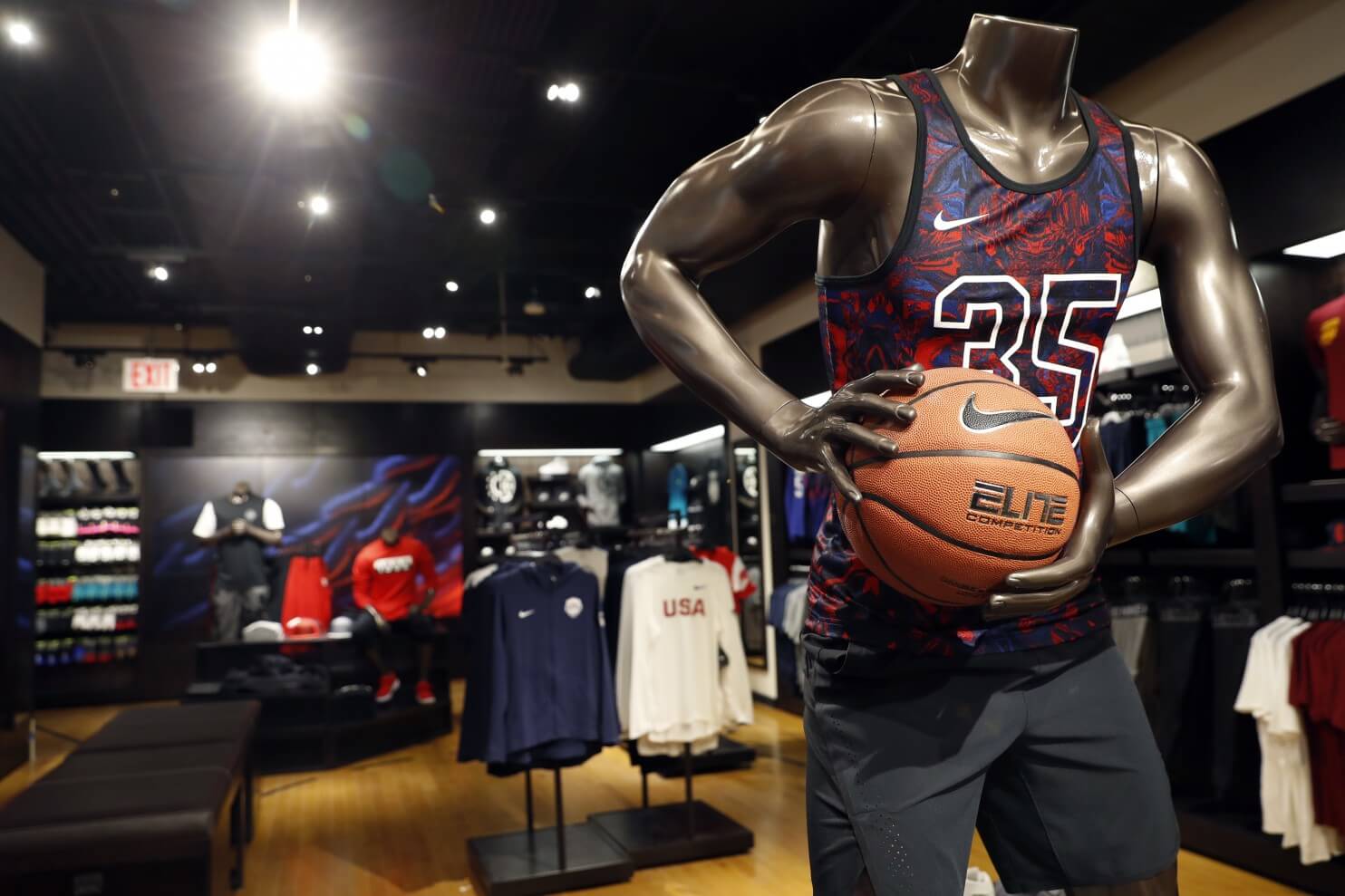![]()
I began working on an article on Hibbett Sports a few days ago, but I’ve been interrupted by a number of things. That post was going to probe the acquisition of City Gear by Hibbett Sports and the recent closing of several locations (Hibbett Sports: Senatobia and Park Avenue and City Gear’s premium sneaker store The Vault) in my area. While digging in to why stores closed, I spoke with managers at Finish Line and Foot Locker and a completely different story began to take shape. While the closure of Hibbett Sports locations as well as the impending closure of City Gear locations remains an important discussion for the sneaker industry, I kept being pushed towards a discussion on online vs brick and mortar. The discussion remains one of the most heated topics in retail. While City Gear isn’t affected by this because the store doesn’t accept online returns in store, as Hibbett Sports begins to blend the stores under one banner this could change. Actually it probably won’t change very much considering City Gear’s customer is not the primary target of online spending, but Finish Line and Foot Locker do have to deal with the fissure created by online sales.
Brick and Mortar store locations are required to accept returns by online patrons. This seems logical, but as I stated in my book returns contributed to the closure of my Seller Central account on Amazon as Amazon began requiring Marketplace accounts to adhere to Amazon’s return policies. Amazon’s policy is one of the primary reasons the company doesn’t generate revenue. A free return, up to 30 days, contributes to abuse by consumers. On Amazon my returns spiked at 30% which wiped out all profit margins. My business couldn’t sustain.
Comparing my online store to Foot Locker and much bigger companies provides insight, but speaking with managers delivers a stark problem that retail will have to fix.
- Customers are utilizing brick and mortar locations as try-on centers.
- Customers are utilizing online prices for price matching.
- Customers are utilizing brick and mortar as return centers.
Amazon can accept these things as normal because they have an endless supply of capital. Foot Locker hasn’t found a way to offset these problems as more people move into the digital eco-system. The issues are constant source of frustration for managers. Frustration leads to high turnover and stores suffer issues with loss prevention and other issues affecting profitability. This isn’t a problem just for Foot Locker, it’s a problem with the brands as well. The problem for retailers is that they haven’t figured how to :
- Give stores credit for sales pulled from their stores via Stock Locator programs online
- Apply returns to the online point of sale. If a shoe was purchased online, a return shouldn’t be applied to the stores “day” (sales total).
- Stores should have the right of refusal.
Customers are undoubtedly abusing the return policies. It may seem that these are easy issues to manage, but unless larger chains utilize the same strategy as City Gear, keeping online sales within its own supply chain (returns go back to the online warehouse and online sales are registered as almost a different company), Brick and Mortar stores are going to appear to be lagging behind digital sales growth. This is a major problem and hinders the multi/omni channel concept allowing for a seamless digital and physical experience for customers.
How do retailers fix the issue of returns? Sizing apps could help or even restocking fees could help. What I think should take place is a retail adoption of free shipping to the customer only. In the short term companies will suffer because Amazon offers free return shipping, but returns are a considerable issue without many solutions.


